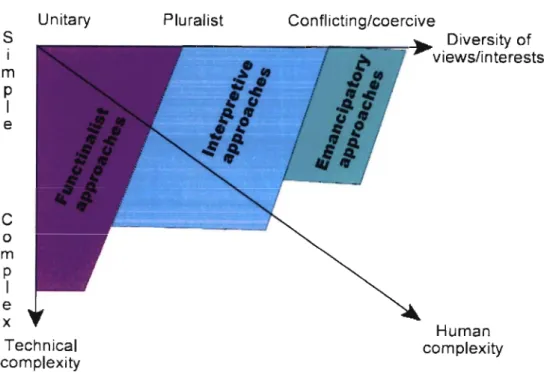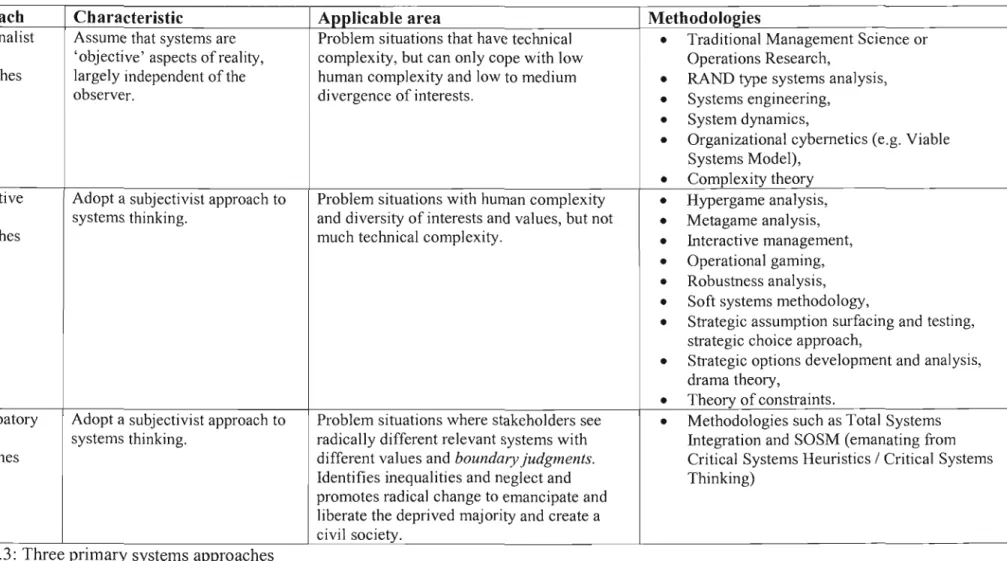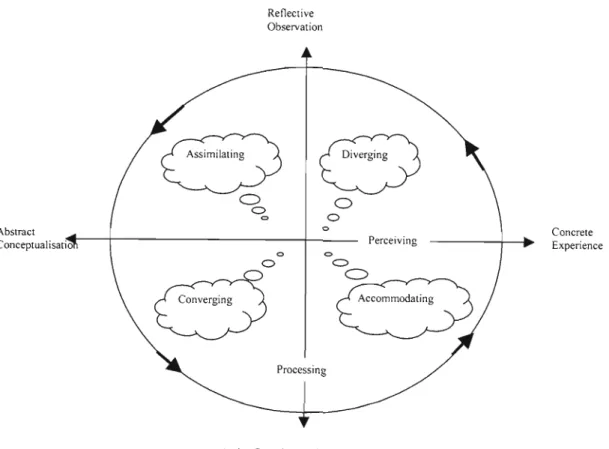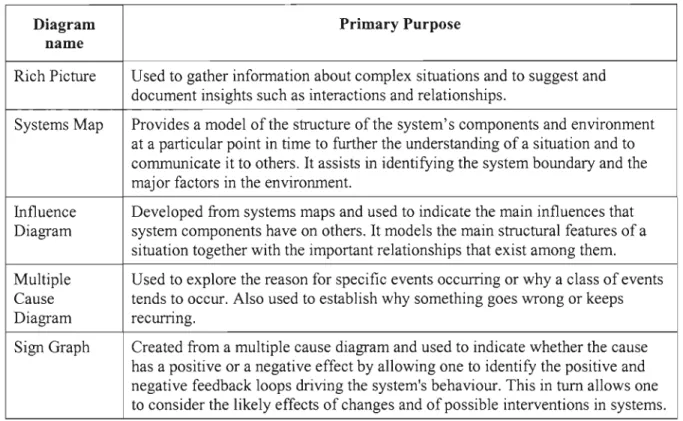In this study, systems thinking and action research form the core of the multi-methodological approach to understand the problem situation and identify appropriate interventions to bring about improvements. The role of the project manager in removing obstacles 60 Can systems thinking be applied to project management.

Projects within the Organisation
Overview of the Organisation
The OS is responsible for establishing the company's future system needs and for setting the strategic direction for the systems to be implemented by the company over the next 5 to 10 years. It is also responsible for delivering the new systems to the BO. The BO (sometimes referred to as the business) is the user of these systems and is the operational arm of the business that interfaces with its customers.
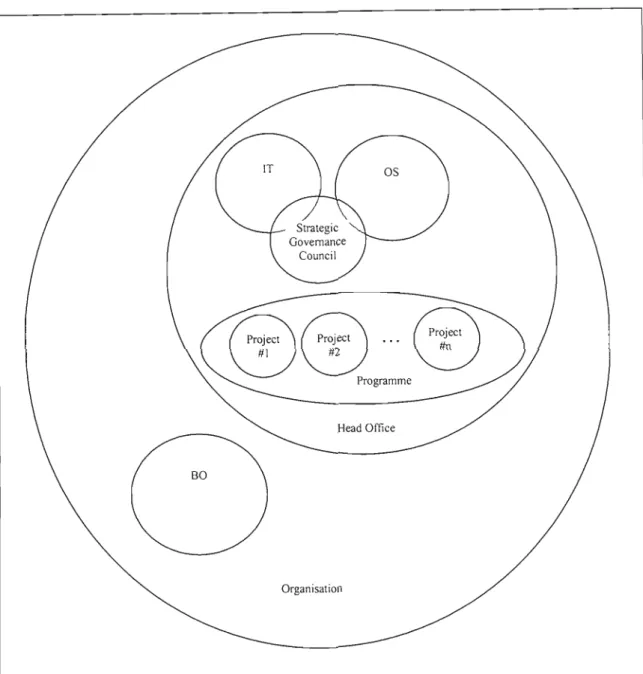
The Work Allocation Project
Overview of the Salient Aspects of the Project with Respect to this Study The IT components of the system to be developed by the Work Allocation Project
However, senior management of the three business units were adamant that the end date of the Work Allocation Project would not be changed. In order to protect IT, the project manager responsible for all IT aspects of the project insisted that each and every "change" arising from the 341 issues mentioned above be handled using the prescribed change management process.
Description of Problem Situation to be Addressed
Since the above problem situation arose at work while the author was also busy with his studies, he decided to provide a workable and interesting scenario that could be used to determine if improvements could be brought about by applying his knowledge of newly acquired in systems thinking. and action research.
Project Management Methodology and Processes
- Problematic Concerns of the Project Management Methodology Organisations that embark on many projects should continuously review their
- Ownership of the Project Management Methodology
- The Impact of Change on Project Objectives
- Description of the Change Management Process
Project management tools and methodologies are being purchased with little regard for the existing culture and modus operandi of the organization; and. Professional contracting organizations that specialize in implementing project management methodologies, again with little regard for the existing culture and modus operandi of the organization.
Expectations of this Study
The process required the change request to be approved by three change management boards for research purposes. Once the impact of the change has been determined, it must go back to all three boards for approval to implement the changes.
Assumptions
Motivation for doing this Study
Project team members typically see the project manager function as a police officer to ensure that processes are strictly implemented and followed. By leading a team that will try to make a particularly bureaucratic process more user-friendly and less burdensome, thus enabling the project team to focus on important work, the author's opinion is a more positive view of the project manager. will appear.
Delimitation of this Study
Significance of the Study
Conclusion
Organizations that are less mature with regard to project management processes should also take note of the research so that when developing their processes, they allow for specific projects to adapt processes to their own needs where appropriate. The study also showed how the application of systems thinking as a precursor to the use of an action research methodology can add value and speed up the process of improvement.
Structure ofthe study
SYSTEMS THINKING AND ACTION RESEARCH
Introduction
Systems Thinking
- Why Systems Thinking
- Definition of a System
- Description and Theory of System Thinking
- Alternative to System Thinking
- Why Systems Thinking is Advantageous for the Analysis of this Study Systems thinking provides a new paradigm for the study of social organisations and the
- Systems Thinking and Organisational Culture
- Systems Thinking as Applied to Project Management
- Tools of Systems Thinking
- Systems Control Theory
- Hard and Soft Systems Thinking
- Modelling
- Systems Dynamics
- Decision Making Tools
- Archetypes
- Choice of Systems Method
- The Learning Organisation / Experiential Learning
- Insights from Complexity Theory
Official objectives that are purposefully vague and general and reflect the overall purpose of the organization; There are a number of tools available to project managers that are useful to help unravel aspects of the environment.
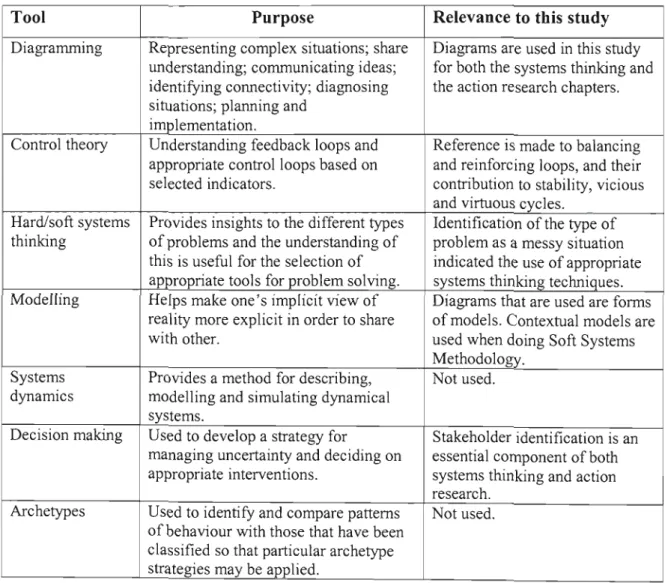
Action Research
- An Introduction to Action Research
- Definition of Action Research
- Distinguishing characteristics of action research
- Variations of action research
- Designing an action research project
Action Research is a three-step spiral process of (1) planning that involves exploration; (2) take actions; and (3) fact finding about the results of the action. Results of action research cannot be guaranteed to apply to similar situations elsewhere (Checkland & Holwell, 1998).
Conclusion
In principle, there are 4 stages in each cycle of an action research intervention (Kemmis and McTaggart, 1988). i) Develop an understanding of the problem and plan an intervention (planning) ii) Carry out the intervention (acting). iii) Make and collect observations from this intervention (observation). iv). The action research is therefore seen as an iterative process which is intended to promote a deeper understanding of a given situation. It starts with the conceptualization and.
SYSTEMS THINKING: GAINING AN UNDERSTANDING OF THE PROBLEM SITUATION
Introduction
Influence Developed from system maps and used to indicate the main influences that Diagram system components have on others. It models the main structural features of a. Sign Chart Created from a multiple cause diagram and used to indicate whether the cause has a positive or a negative effect by allowing one to identify the positive and negative feedback loops that drive the system's behavior.
Description of Current Situation
- Decision Considerations Regarding Change Requests
- Leadership within the organisation
- The Existing Change Management Process
Bringing about changes to the organization requires innovation that is introduced in the manner of servant leaders. Once senior management approves the change request (which can take up to 2 weeks), it is presented to the project change control board.
The Need for Process Change
The Project Change Control Board then monitors the progress of the change during the development and testing phases. Once it is ready to be incorporated into the main flow of the project, the Project Change Control Board must give approval so that it is properly coordinated.
The Role of the Project Manager in Clearing Obstacles
Can Systems Thinking be Applied to Project Management?
Certainly, all the above-mentioned components are put together with a common purpose regarding the project activities. All components within the project system are used to achieve the goal of delivering the defined outcome of the project.
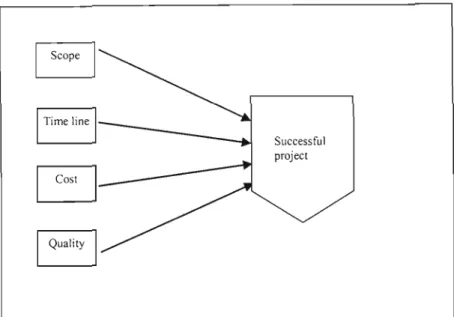
Applying a Systems Thinking Approach to the Problem Situation
- Rich Picture
- Influence Diagram
- Multiple Cause Diagram
- Sign graph
A map of the project system from the perspective of a project manager is given in fig. In the system environment are the factors related to the initial setting of the project timeline.
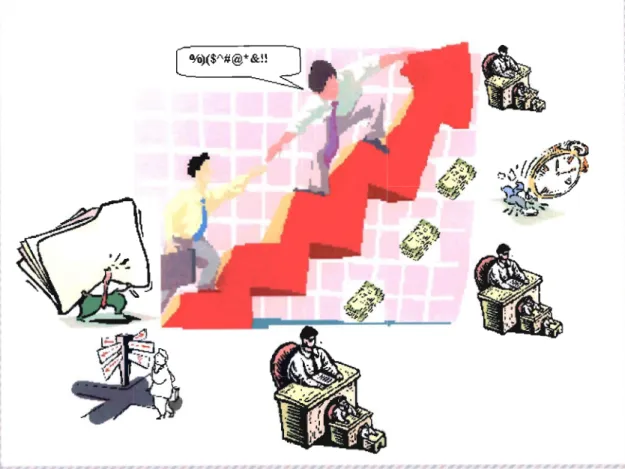
Using Systems Thinking to Identify Points of Intervention
The culture of the organization (particularly the Operations Systems (OS) business unit, which is largely responsible for ensuring process compliance) is one of a “role culture”. Managers often turn to this because of the organization's matrix structure to get people to work together.
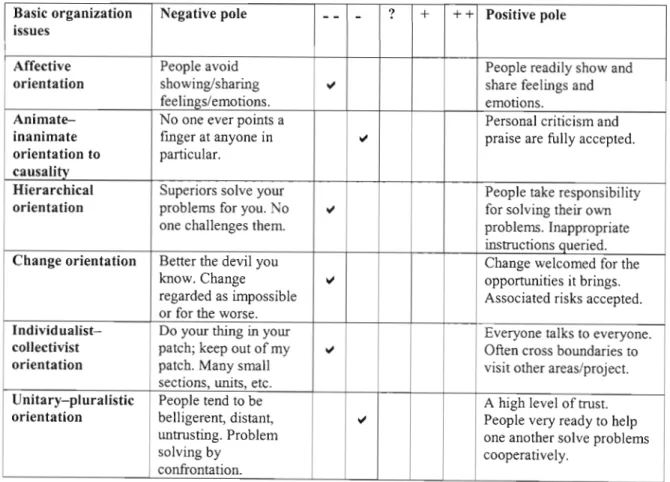
Conclusion
In terms of visible power, many of the senior managers use positional power to drive the people within the organization. Stakeholders will need to be involved in producing the changes that will lead to an amelioration of the problem.
ACTION RESEARCH: A MEANS OF IMPROVING THE PROBLEM SITUATION
Introduction
Use of Action Research in the Context of the Project
There is no obvious reason why action research cannot be used in the project management context to bring about improvements in the processes used on the projects. In a project management context, action research provides opportunities for the practitioner to reflect on and assess how effective the new processes are and to share the experiences with colleagues so that learning can occur within the organization.
Approach to action research in the given situation
Action research is democratic in that it encourages participants to interact with each other and promotes collaboration in a common effort to improve a given situation, making them equal owners in the process (MacIsaac, 1996). Thus the action research team was created, consisting of 4 other members of the project management team who managed the main sub-projects within this project and myself.
Steps taken - First Iteration using Participatory Action Research .1 Participatory action research
- Current Problem Situation Description
- Action Research Steps
- Stop current actions
- Develop an understanding of the problem
- Decide on the questions that need to be answered
- Plan the intervention
- Execute the intervention
- Analyse the Outcome of the Intervention
- Applying the Change
The problem situation was identified shortly after the project moved into the design phase of the project life cycle. At the next project meeting, the project group was informed of the decision to continue with the design.
Second Iteration of the Action Research: Using Soft Systems Methodology (SSM)
- Application of Soft Systems Methodology (SSM)
- Problem Situation Unstructured: Examine the Problem Situation (after the initial change)
- Problem Situation Structured: Cultural analysis
- Problem Situation Structured: The Problem Situation Expressed as a Rich Picture
- The Root Definition of the System of Interest
- Comparison of the Conceptual Model with the Real World Situation One purpose of the comparison stage is to generate debate about possible changes that
- Definition of desirable and feasible changes
- Action to be taken to improve the problem situation
- Implementation of New Process
- Observations and Analysis of the Intervention
- Reflections on the Outcome with the View to Identifying Further Improvements
The rich image helps to structure the information and understand the problem situation. In light of the findings it was agreed that the process would continue throughout the life of the project.
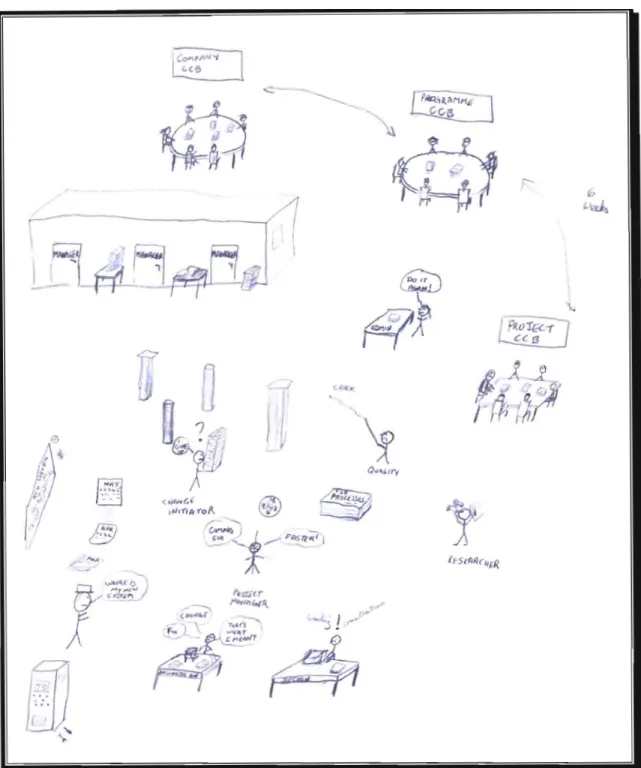
Conclusions
There will also be a summary of how the findings relate to some of the theories previously considered. The importance of the findings and how they contribute to a learning organization will be discussed.
CHAPTERS
OBSERVATIONS AND STUDY CONCLUSION
Introduction
Using Systems Thinking in a Project Environment
Applying system tools to help with hard and soft issues can be a very valuable weapon in the armory of the project manager. One of the downfalls the author believes exists with the application of systems thinking is the amount of time it takes to arrive at the required outcome.
Moving Towards a Learning Organisation
By the end of the debate, it was clear that consensus could be reached on the new system, although there were some areas where participants agreed to disagree. The designers' lack of trust in management due to past experiences and fear of being blamed for slippages in the project schedule meant that designers insisted on following the formal change management process.
Using Action Research for Learning and Implementing Improvements Action research, and SSM in particular, encourages an understanding of complex and
The author believes that the culture of the organization should be addressed so that everything is not driven by the expected result of the performance evaluations of the leaders and senior managers. It can also be argued that if the hidden agenda is to the ultimate benefit of the organization and the system under it.
Complexity, Chaos and Knowledge Management
Sharing these specific solutions (however successful or not) with other project managers would be a step towards the creation of a learning culture in the organization. But in the complex and rapidly changing environments that now exist, opening up the messy complex space is necessary to allow innovation to take place.
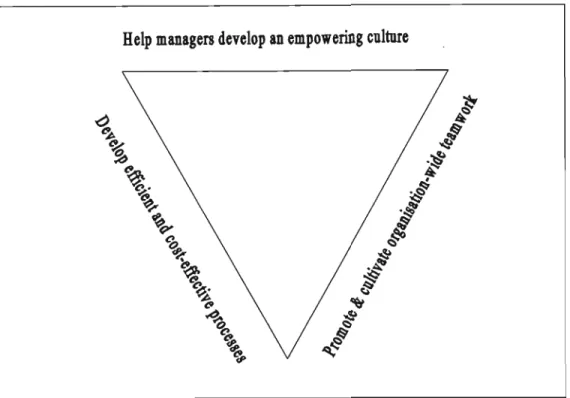
Understanding the Impact of Culture using Systems Thinking
Snowden (cited by Pollard, 2004) argues that management is never in charge of an organization's culture, but employees behave the way they do, in part because that is what they have learned and that is the most effective way to express their perform specific work. partly because it is in their own interest, and not because it is in the procedure manual. It arises from the multitude of interactions between the individuals in the organization according to See1, and he quotes Capra in defining a paradigm as 'a constellation of concepts, values, perceptions and practices shared by a community, which has a particular vision reality that forms the basis of how a community organizes itself." A paradigm in the human and social sciences helps one understand phenomena and includes both theory and methods.
Organisational benefits resulting from this study
Working towards a largely undefined goal was thus something new for the entire team. The exercise gave the participants the opportunity and the environment to share their knowledge with each other in an environment that is not usually conducive to this. In retrospect, the author believes that with more information about systems thinking to the participants involved in this process before At the beginning of this exercise, things may have gone more smoothly in the beginning and results may have been achieved in a shorter time frame.
Problem situation revisited
Appropriate interventions were made to speed up the change management process while still meeting the requirements of the change management board. This has resulted in visible improvements to the work progress as well as the softer issues such as staff morale.
Recommendations
Some outcomes of systems thinking should be emphasized, such as sharing perspectives; use of tools to gain more clarity; the causal relationships within the system structure; and the profit it will bring. There is an advantage to using systems thinking techniques as a precursor to using an action research methodology to gain deeper insight into the problem situation.
Recommendations for further research
This would allow people to share experiences and knowledge and thus become more adept at applying systems thinking and action research. As an enhancement to this study, or in the case of using a systems approach to make further changes to processes within this organization, a critical systems thinking approach (as discussed by Jackson et al. (cited in Daellenbach, no date) using System of Sytems Methodologies or Total Systems Intervention can be considered to identify the appropriate multimethodology for this situation.
Conclusions
Research could be done based on the success of this study to see how other processes can be optimized and thus remove much of the frustration experienced by the project teams. The author also gained a better understanding of the collaborative approach that took place among the stakeholders, particularly during the action research period of the study, but also using systems thinking in the early phase of the endeavor.
Retrieved from the World Wide Web: http://www.vision-nest.com/cbw/Conclusions.html. Retrieved from the World Wide Web: http://www.new-paradigm.co.uk/culture-complex.htm.

